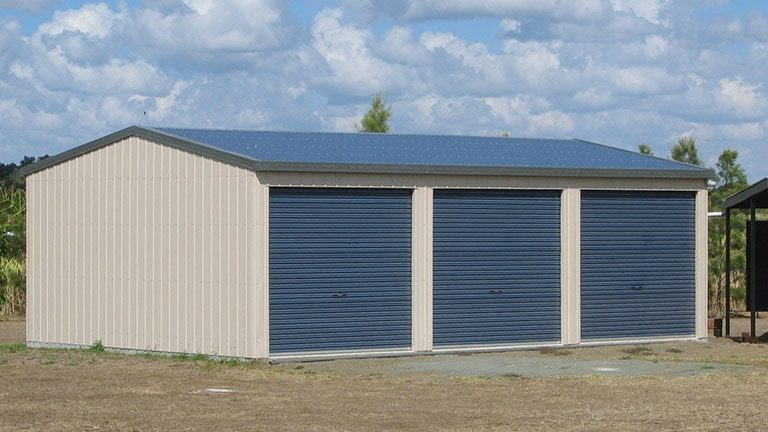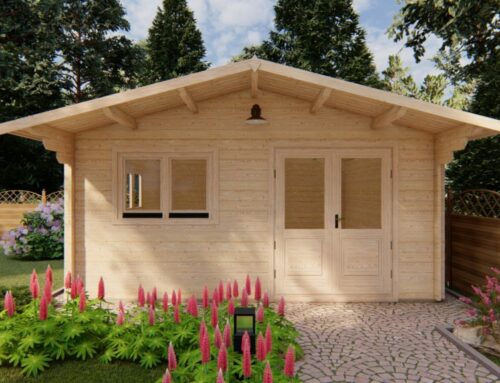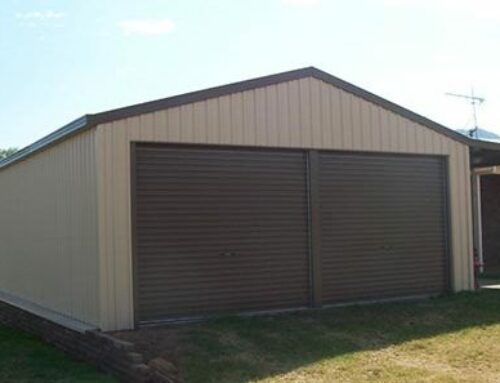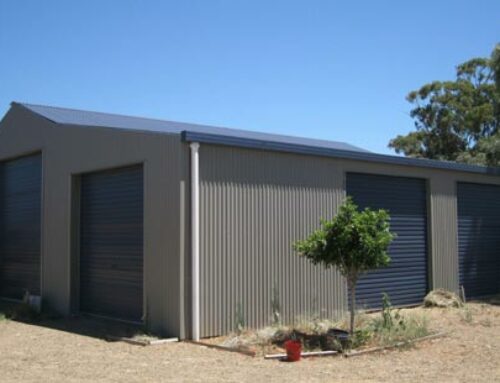Introduction
f you have a shed, it’s probably because you want to store something. However, with a little thought and planning, that ‘something’ could be anything from your garden tools to kids’ toys and extra furniture. If you think about it, there’s no better place than a garden shed for storing all the things that clutter up your home. The only problem is making sure everything is easy to find when you need it!
1. Create a seasonal rotation system for your items
To create a seasonal rotation system, you need to ask yourself some questions. First, decide whether or not you’re going to use the item at all this year. If it’s just sitting in your shed because it’s too hot or too cold outside to wear it, consider getting rid of it! Then, if the item will be used at some point this season, go ahead and put it away in its proper place.
Now that we’ve got those pesky decisions out of the way (sorry about that), let’s talk about how to organise ourselves so we can find our belongings when we need them!
2. Build an internal wall or storage area
An internal wall or storage area is a great way to divide up a shed, keep things out of sight and create a work area. It can also be used to store larger items that aren’t needed in your main living space.
- Create an office space with shelving units on the wall, desks and chairs. A desk lets you work from home without having to sit in front of your laptop—and it’s great for when you have guests over too!
- Use shelving units as shelves for books or DVDs. If you don’t have enough room for all the books or DVDs you own (or just want a close-to-hand stash), creating extra storage space will make it easier for everyone who uses this room to find what they need without having to rummage through piles of clutter.
3. Buy storage boxes and bins
Buy storage boxes and bins. Storage boxes are the perfect way to keep your shed organised, but you need to make sure they’re the right size so that everything fits in easily. You also need to make sure they’re watertight and airtight, so it doesn’t rain or get damp inside them. If you have a lot of tools that you want to store, try getting a plastic toolbox with dividers inside – this will keep things nice and tidy!
There are many different types of storage boxes available, from wooden ones with handles on top all the way down to cardboard ones which cost less than £5 per unit. The best thing about using storage boxes is that if anything gets damaged then it’s easy enough just buy another one without spending too much money!
Make sure when buying these products that there aren’t any holes or tears in them because this could cause problems later down the line when trying to keep items dry/safe from damage caused by moisture etcetera.
4. Hang items up on the walls or ceiling
Hanging items is a great way to save space in your shed. You can hang items on the walls and ceiling, both inside your shed and outside. The easiest way to hang things up is with hooks and nails, but you could also use ropes or chains if you’d like.
5. Use the height of your shed
To use the height of your shed to its fullest advantage, organise items that you don’t need to access frequently on lower levels and those you do use more often in higher positions. For example, if your garden tools are long-handled, store them at the top of your shed for easy access when you need to reach over taller items.
6. Cover any gaps
If you have bare floors, or gaps between the floor and the shed wall, place a rug or rug mat to cover them up. You can also use a curtain—or two—to cover any exposed areas on your shed walls (for example, if there are no windows). If you’re lucky enough to have an open-plan shed/workspace with lots of storage space, consider hanging a bedspread across it for extra warmth and protection from dust.
7. Don’t scatter your tools around your workspace; keep them together in one place
Tools are a big part of any woodworking project, but they can also be a big hazard if they’re not put away properly. If you aren’t storing your tools in one place and making sure to put them away when you are done using them, it is easy for accidents to happen—especially with children around. Here are some basic tips for keeping tools safe:
- Keep all of your tools together in one location so that no matter where someone needs them, they will always be able to easily find them. This way people won’t have any excuses for not putting their tools away after use because they don’t know where they belong since everything is organized together into one place that’s easy to access and see at a glance.
- Make sure everyone who works on projects knows which areas belong only for certain types or sizes/breeds of dogs so as not to mix up any other breeds within those groups which could lead to fights among different types being kept together (this doesn’t apply just limited specifically towards dogs but also cats too).
8. Remove items you don’t use
Removing items that you don’t use is one of the best ways to make your shed more organised. If you’re not using it, why have it?
It’s often tempting to just get rid of old items as soon as they become clutter, but if you can find someone who really needs them or sell them for cash instead of throwing them away and wasting resources, then this is a better option. Don’t forget about any items that might come in handy later on – perhaps an old ladder or lawnmower—you never know when they’ll be useful again!
A shed can hold a lot more than you’d think, and with these tips, it will be easier to organise it
- Have a well-planned layout. If you have the tools and equipment stored in your shed, it’s best to have them organised by function or size. Tools that are used together should be kept together so they don’t get misplaced or lost when you need them. And if there are items that belong in the shed but aren’t used on a regular basis (such as holiday decorations), make sure they’re tucked away safely so they don’t get damaged or forgotten about until next year!
- Use vertical space wisely. Create vertical storage areas using racks and shelving units where possible: this will maximise floor space without sacrificing accessibility (and even adds extra storage capacity!). This is especially helpful if you have limited space available – just think of all those tall tin cans gathering dust up there waiting for something interesting enough to happen…
Conclusion
If you’re planning to build a shed, don’t forget about organising it properly. This article is for those who want to make their sheds more organised and functional. I hope you found these tips helpful!
















